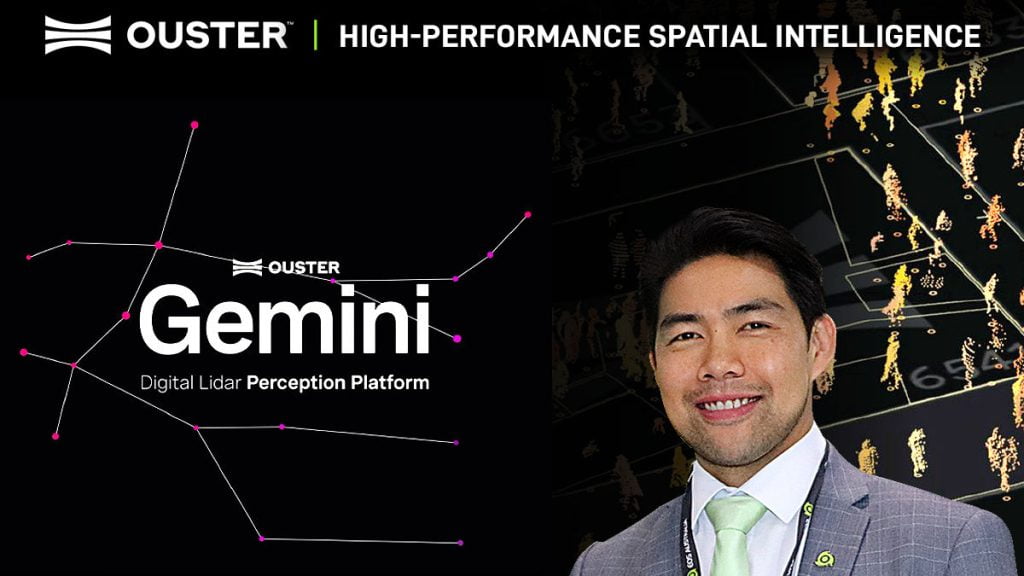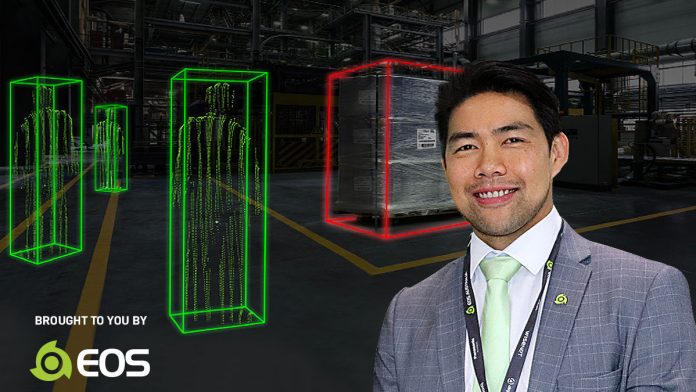EOS Leads Way On LiDAR With 2 Key Partnerships.
EOS Leads Way On LiDAR – EOS is leading the way on LiDAR, a sensing technology that could revolutionise motion detection by creating proactive perimeter security applications.
To best cover a range of security applications, the company has partnered with 2 of the world’s leading LiDAR developers, Ouster and HEXAGON. SEN’s John Adams spoke with Normann Wee of EOS Australia to find out more.
JA: Who are the 2 LiDAR manufacturers EOS is partnering with?
NW: We’ve partnered with 2 of the global leaders in LiDAR sensor manufacturing and perception software. The first is OUSTER, which is a global leader in LiDAR sensor manufacturing and has also developed perception software called Gemini. Ouster sensors have a high laser output, ranging from 16 to 128 laser beam scans.
Our second partner is HEXAGON, specifically its subsidiary Leica Geosystems, which manufactures the BLK247. The BLK247 is a feature-rich device that includes 2 fisheye cameras, 4 thermal cameras, and a LiDAR sensor all in one, capable of meshing static snapshots into a 3D-generated environment.
Additionally, the parent company, Hexagon, has created and developed Accur8vision, a perception software to further enhance the value of the hardware.
JA: What parts of the 2 ranges will EOS be distributing?
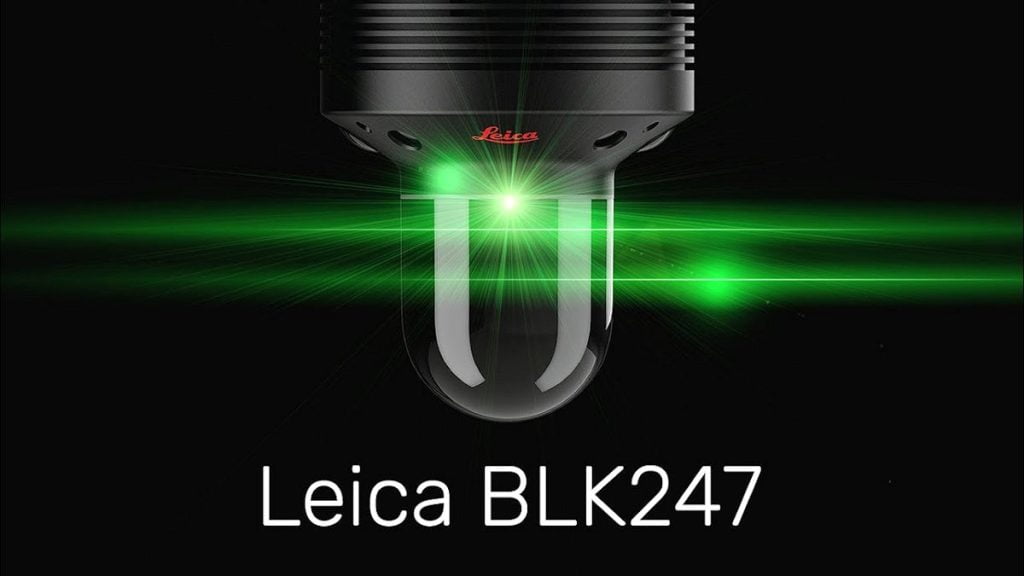
NW: EOS will be distributing the REV7 sensors range from OUSTER and the BLK247 from LEICA. Alongside the hardware, EOS will also offer, ACCUR8VISION perception software developed by HEXAGON and OUSTER’s Gemini.
JA: What are the ideal security applications for LiDAR detection?
NW: Perimeter intrusion is the ideal application for LiDAR deployments, as it requires the highest level of detection accuracy and object classification. LiDAR technology performs 3D scanning of an area, enabling the creation of accurate 3D volumetric depth of fields.
Through a single or meshed network of LiDAR sensors, we can now offer a proactive and preventative 3D perimeter detection solution – this has previously been a challenge in traditional CCTV applications.
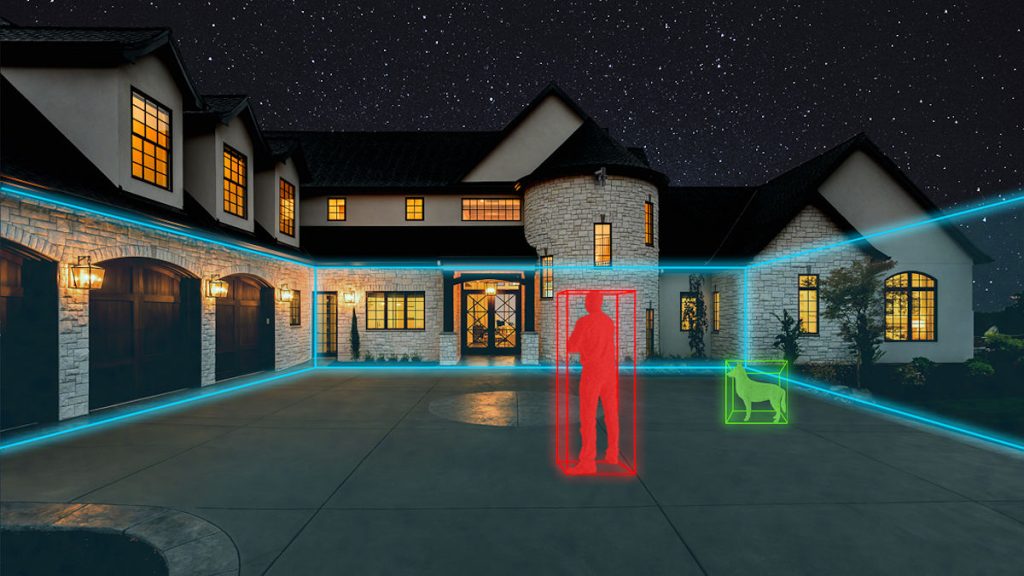
JA: What are the benefits/strengths of LiDAR when compared to other sensing technologies?
NW: LiDAR technology offers the benefit of long-range, 360-degree centimetre-level detection with the ability to create 3D volumetric zones. With LiDAR systems, it becomes possible to determine the 3D shapes, their positions and velocity resulting in more accurate object classification.
This capability allows operators to filter out elements that are not of interest with great precision and effectively focus on objects within your agenda. Additionally, LiDAR enables speed sensing and output triggering to systems like CCTV VMS, facilitating visual verification.
Another notable advantage of LiDAR is its effective operation in complete darkness, eliminating the need for additional lighting. This inherent capability enhances versatility and expands its applicability in various environments and scenarios.
Because LiDAR is based on light detection and ranging principles, we can also deploy sensors to detect the speed and velocity of objects.
EOS Leads Way On LiDAR Perimeter Detection
JA: How accurate is LiDAR detection?
NW: LiDAR sensors are known for their exceptional accuracy and are capable of providing precise detection down to the centimetre level. This high level of accuracy makes them invaluable for various applications beyond security, such as autonomous vehicles, topographic mapping, environmental monitoring, and more.
JA: How would an integrator apply LiDAR – can it be linked directly to an existing system?
NW: LiDAR sensors are POE networked devices that connect to their server for 3D perception and setup of volumetric detection zones. By connecting between servers, we can trigger a bookmark or PTZ control on a VMS for further actions. There are high-level integrations (HLIs) being developed for popular VMS platforms like Genetec and Milestone, allowing seamless integration with LiDAR systems.
The setup of the LiDAR system for trigger outputs and actions can be accomplished in several different ways. For instance, the Leica BLK247 sensor offers the capability to operate standalone using its edge-based control panel and I/O supports. This allows it to trigger another system based on the detection zones that have been created using LiDAR technology.
All this means LiDAR sensors and systems offer advanced connectivity and integration options, making them highly versatile for various applications and enabling efficient interactions with other systems for enhanced functionality and control.
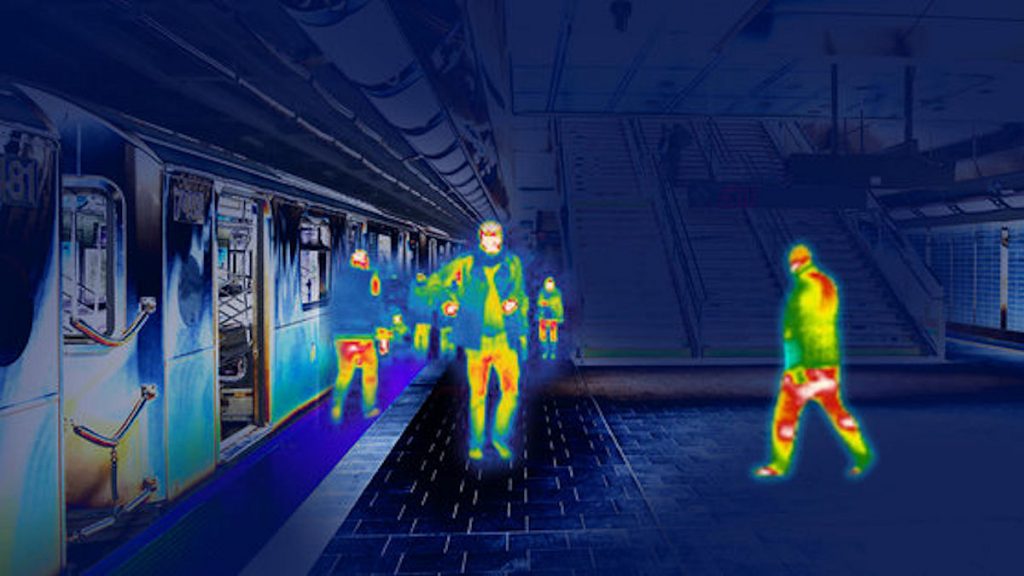
JA: Why would an end user choose LiDAR to secure their site?
NW: With LiDAR technology, it’s possible to adopt a proactive approach to site security by installing the sensor on the inside of the compound and surveying outward, beyond the fence or perimeter line. This configuration allows integrators to create multiple 3D detection zones within the sensor’s field of view (FOV) to establish a comprehensive coverage area that extends beyond traditional fence-line monitoring.
The advantage of this approach is that it enables the activation of additional sound and visual deterrents to protect the property. Since a LiDAR system can detect potential intruders at a distance before they breach the physical perimeter, appropriate deterrents can be triggered promptly to prevent unauthorized access and deter intruders from attempting to breach the site.
Comparatively, traditional perimeter detection systems primarily monitor the fence line and inside/outside of the premises compound, triggering alerts only when an intrusion is detected within those specific zones. This means that by the time an alert is triggered, the intruder may have already gained entry to the compound and be gone within minutes, causing additional expenses for the end user due to fence repairs, vandalism, and stolen property.
By adopting LiDAR-based proactive perimeter security, we can significantly reduce the risk of successful intrusions, minimize property damage, and enhance the overall security posture of the site.
JA: How does to cost compare with other perimeter detection technologies?
NW: Compared with most other perimeter detection technologies, LiDAR is extremely cost effective.
JA: What would EOS like to say to installers and integrators interested in next-gen detection systems?
NW: Contact your local EOS account manager to discuss how LiDAR can help your customers better protect their site. We have extensively tested the solution for its accuracy and interoperability with other electronic security systems and can help design site deployments with our extensive range of sensors and software. We will also be showcasing both manufacturers at the upcoming ASIAL expo in August. Drop by for a demo – you’ll be amazed by this new technology.
You can find out more about LiDAR solutions from EOS here or read more SEN news here.
“EOS Leads Way On LiDAR With 2 Key Partnerships.”
